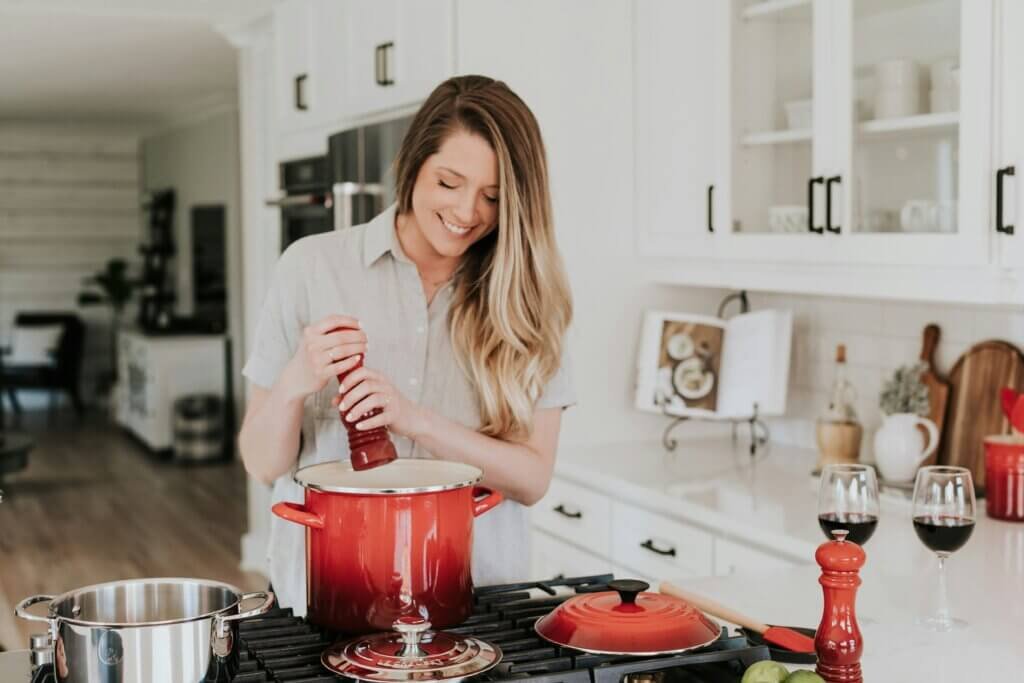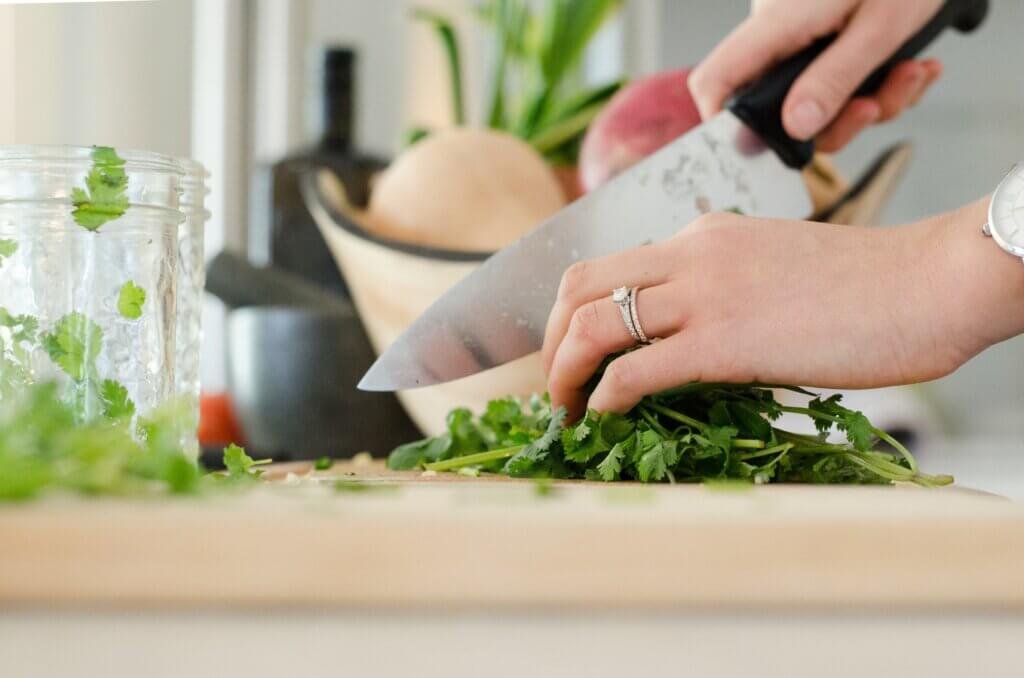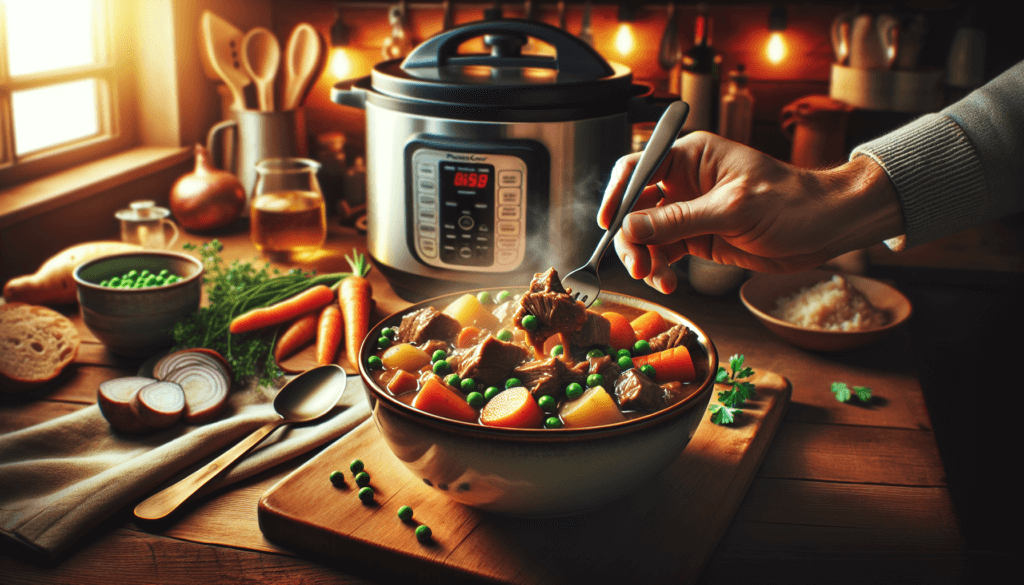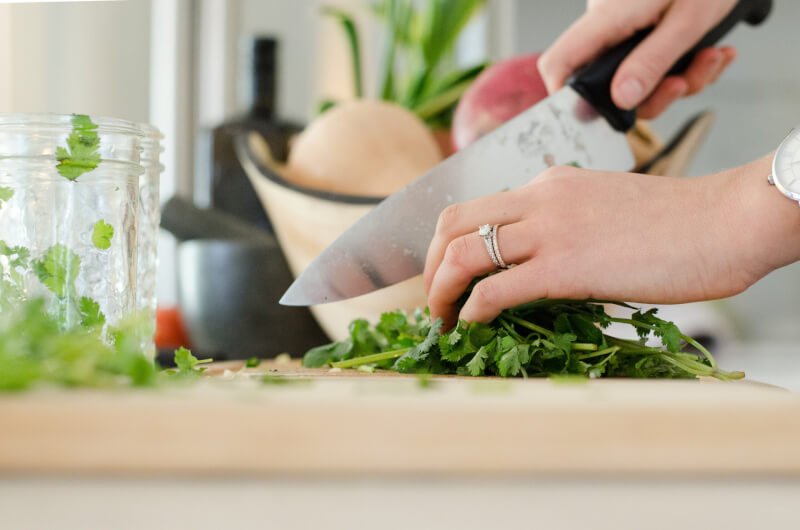In this article, you will discover a beginner’s guide to making a delicious and hearty classic beef stew using a pressure cooker. Whether you are new to cooking or simply looking for a quicker way to enjoy this comforting dish, this guide will walk you through the steps with ease. From selecting the right ingredients to achieving perfectly tender beef and flavorful vegetables, you’ll be able to impress your friends and family with this mouthwatering stew in no time. So grab your apron and let’s get cooking!
Choosing the Right Pressure Cooker
When it comes to making beef stew in a pressure cooker, choosing the right pressure cooker is essential. The first thing you need to consider is the size and capacity of the cooker. If you are cooking for a large family or often have guests over, a larger pressure cooker would be suitable. On the other hand, if you are cooking for just yourself or a small household, a smaller pressure cooker would suffice.
Next, you should look for safety features in the pressure cooker. A reliable pressure cooker should have features such as a locking lid, pressure release valve, and a safety mechanism to prevent the cooker from opening under pressure. These features ensure that you can cook your beef stew safely without any potential accidents.
In addition to safety features, it is also important to check the material and construction of the pressure cooker. Stainless steel pressure cookers are popular due to their durability and heat conductivity. They are easy to clean and maintain, making them a great choice for making beef stew. Additionally, opt for a pressure cooker with a thick and sturdy base to ensure even heat distribution and prevent any hot spots.
Lastly, consider the cooking modes and features of the pressure cooker. Some pressure cookers offer different cooking modes such as sauté, steam, and slow cook, which can be useful for preparing various components of your beef stew. Look for a pressure cooker that has these versatile cooking modes to make your cooking process more convenient and efficient.
Selecting the Ingredients
The success of your beef stew largely depends on the quality and selection of the ingredients you use. Let’s start by choosing the right cut of beef. For beef stew, it is best to choose cuts that are suitable for slow cooking and have a good amount of marbling. Chuck roast or stewing beef are popular choices as they become tender and flavorful when cooked under pressure.
Next, select the right vegetables for your beef stew. Classics like carrots, celery, and onions are a must-have. Carrots add sweetness, celery gives a pleasant crunch, and onions provide a savory base. You can also add other vegetables like potatoes, peas, and mushrooms to enhance the flavors and textures of your stew.
Don’t forget to pick the right aromatics to add depth of flavor to your beef stew. Aromatics like garlic, shallots, and leeks add a fragrant and savory element to the stew. Sauteing them before pressure cooking will release their flavors and make your stew even more delicious.
Lastly, choose the right herbs and spices to season your beef stew. Classic herbs like thyme, rosemary, and bay leaves add aromatic notes, while spices like paprika, black pepper, and salt enhance the overall taste. Feel free to experiment with different herbs and spices based on your personal preferences.

Preparing the Beef
Before you start cooking your beef stew, it is important to properly prepare the beef. First, trim any excess fat from the beef as it can make the stew overly greasy. Leaving a moderate amount of fat will help enhance the flavor and keep the beef moist during cooking.
Next, cut the beef into uniform cubes. This ensures that the beef cooks evenly and becomes tender and succulent. Aim for cubes that are around 1 to 2 inches in size, depending on your preference. Avoid cutting the beef too small, as it may result in overcooking and loss of texture.
Once the beef is cubed, season it with salt and pepper or any other preferred seasonings. This helps to enhance the flavor of the beef and adds a layer of seasoning to the stew. You can also marinate the beef in your favorite marinade for extra flavor.
Finally, sear the beef before pressure cooking. Searing the beef in a hot pan with some oil helps to develop a rich brown crust and enhances the overall flavor of the stew. This step is optional but highly recommended as it adds depth and complexity to your beef stew.
Preparing the Vegetables
After taking care of the beef, it’s time to prepare the vegetables for your beef stew. Start by washing and peeling the vegetables. Make sure to remove any dirt or impurities from the vegetables before proceeding.
Once cleaned, chop the vegetables into bite-sized pieces. This allows them to cook evenly and ensures that every spoonful of stew has a delicious combination of flavors. Keep in mind that root vegetables like carrots and potatoes may take longer to cook, so consider cutting them into slightly smaller pieces.
It is important to keep the vegetables separate during preparation. This ensures that each vegetable retains its texture and flavor. If you mix all the vegetables together before cooking, some may become mushy while others still have a crunchy texture. To maintain the quality of each vegetable, store them separately until it’s time to sauté.

Sautéing Aromatics and Vegetables
Now that your ingredients are ready, it’s time to sauté the aromatics and vegetables. Start by sautéing onions and garlic in a bit of oil or butter. This step allows the flavors to develop and gives your beef stew a strong foundation of savory flavors.
Once the onions and garlic are fragrant and translucent, add other aromatics like celery and carrots. Sautéing these vegetables together will release their flavors and enhance the overall taste of the stew. Cook them until they have softened slightly, but still have a bit of crunch.
Remember to add the remaining vegetables at the appropriate time. Some vegetables, like peas and mushrooms, cook quickly and can become mushy if added too early. Add them towards the end of the sautéing process to preserve their textures.
Adding the Beef and Liquid
After sautéing the aromatics and vegetables, it’s time to bring everything together. Combine the seared beef with the sautéed vegetables in the pressure cooker. This allows the flavors to meld together during the pressure cooking process.
Next, choose the right liquid to add to your beef stew. Options like broth, stock, wine, or a combination of these can be used to enhance the overall flavor of the stew. Ensure that there is enough liquid to properly cook the ingredients under pressure. The liquid should cover the ingredients but not exceed the recommended maximum fill line of your pressure cooker.
Keep in mind not to overfill the pressure cooker. Leave some space for the stew to expand during cooking. Overfilling can lead to clogging of the pressure release valve and may result in an unsafe cooking environment.

Seasoning the Stew
To add depth of flavor to your beef stew, it is important to season it properly. Use herbs like thyme, rosemary, and bay leaves to infuse the stew with aromatic notes. These herbs complement the flavors of the beef and vegetables and add a delightful fragrance to your dish.
Don’t forget to add spices like paprika, black pepper, and salt to enhance the overall taste. Adjust the amount of seasoning based on your personal preference. Taste the stew and add more seasoning if necessary. Remember that you can always add more later, but it’s harder to remove excess seasoning once it’s added.
Experiment with different herbs and spices to add your own twist to the classic beef stew recipe. You can also add other seasonings like Worcestershire sauce or soy sauce for additional depth of flavor.
Pressure Cooking the Stew
Now it’s time to cook your beef stew under pressure. Seal the pressure cooker according to the manufacturer’s instructions and set it to high pressure. The cooking time will vary depending on the size of the beef cubes and the desired tenderness.
Cook the stew under high pressure for the appropriate time. This will vary depending on your recipe, but a general guideline is to cook the beef stew for around 20 to 30 minutes. Cooking under pressure helps to tenderize the beef and allows the flavors to fully develop.
After the cooking time is complete, you can choose between natural release or quick release methods. Natural release involves allowing the pressure to release naturally over time, while quick release involves manually releasing the pressure using the pressure release valve. Follow the instructions provided with your pressure cooker to safely release the pressure.

Finishing Touches
Once the pressure has been released, it’s time to do some final touches to your beef stew. Check the beef for tenderness by testing a piece with a fork. The beef should be tender and easily pull apart. If it’s still tough, you can return the stew to high pressure for a few more minutes.
Taste the stew and adjust the seasoning if necessary. Add more salt, pepper, or other seasonings to balance the flavors according to your taste preferences. Remember that the flavors will intensify as the stew sits, so it’s better to slightly under-season than overdo it.
If you prefer a thicker stew, you can add thickening agents like flour, cornstarch, or tomato paste. Mix the thickening agent with a small amount of liquid from the stew before adding it back to the pot. Cook the stew for a few more minutes to allow the thickener to blend in and thicken the sauce.
To add a fresh touch, garnish your beef stew with fresh herbs like parsley or thyme. The vibrant green color and aromatic flavors of fresh herbs will elevate the presentation and taste of your stew.
Serving and Storage
Your classic beef stew in a pressure cooker is now ready to be served. Serve it piping hot with crusty bread or over a bed of rice for a satisfying and comforting meal. The bread or rice will help soak up the flavorful sauce and complement the tender beef and vegetables.
If you have any leftovers, store them in airtight containers in the refrigerator. Properly stored, the beef stew can last for up to 3 days. When reheating, make sure to heat it thoroughly before consuming to ensure food safety.
Be mindful of the timeframe for consuming leftovers. After 3 days, it is advisable to discard any remaining stew to prevent foodborne illnesses. It’s better to enjoy the stew while it’s fresh and at its best quality.
Now that you have mastered the art of making a classic beef stew in a pressure cooker, you can confidently invite friends and family over to enjoy this hearty and flavorful dish. Happy cooking!



